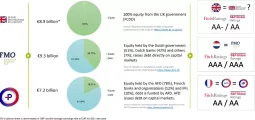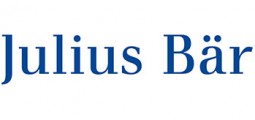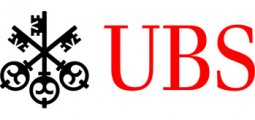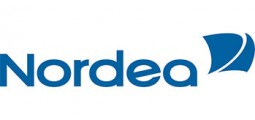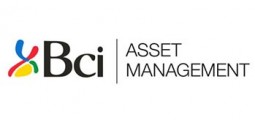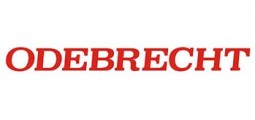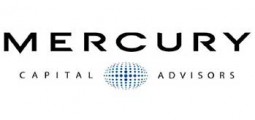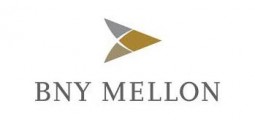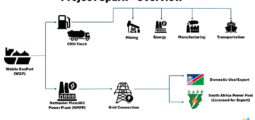What is a Hedge Fund?
A pooled investment vehicle using flexible mandates, including short selling and leverage, to pursue absolute returns independent of market direction. Fee models typically include a management fee and a performance fee, commonly “two and twenty”.

Origins (1949–1969): Alfred Winslow Jones
- A.W. Jones & Co. (1949): Pioneers long/short equity to hedge market beta.
- Introduces leverage and performance fees to align incentives.
- In 1966, a Fortune profile popularised the model; copycats emerged.
Expansion, Volatility, and Tools (1970s–1980s)
- Inflation and turbulence winnowed early funds.
- Deregulation, global market liberalisation, and computing power enabled strategy innovation and scale.
Titans and Playbooks (1980s–1990s)
- Global macro: George Soros and the Quantum Fund, famously shorting the pound in 1992 for more than $1bn profit.
- Fundamental equity: Julian Robertson and Tiger Management, with over 30 percent annualised returns and a legacy of “Tiger Cubs” who now run major funds.
- Institutional allocators, including pensions and endowments, sought diversification and absolute return streams.
Complexity Shock (1998): LTCM
- Long-Term Capital Management’s leveraged relative-value arbitrage collapsed during the Russian debt crisis.
- The New York Fed brokered a private rescue, highlighting model risk and systemic leverage.
Post-2000: Mainstreaming, Crisis, and Oversight
- Strategies broadened to include event-driven, relative value, credit, CTA/systematic, statistical arbitrage, and multi-strategy.
- The 2008 crisis triggered losses and redemptions. The Dodd-Frank Act introduced registration and reporting requirements, improving transparency and risk oversight.
- Surviving managers professionalised risk, operations, and investor relations.
Today’s Hedge Fund Strategies
- Long/short equity: Stock selection long and short, with factor or sector tilts.
- Global macro: Discretionary or systematic views on rates, foreign exchange, equities, and commodities.
- Event-driven: Mergers, spin-offs, restructurings, and bankruptcies.
- Relative value: Pricing dislocations across related instruments.
- Credit and distressed: Bonds, loans, structured credit, and special situations.
- Quantitative and AI-driven: Statistical edges, machine learning, alternative data, and high-throughput execution.
- Multi-strategy platforms: Central risk with pod-level mandates and tight risk budgets.
Investors and Vehicles
- From high-net-worth individuals to pensions, insurers, sovereign wealth funds, and endowments.
- Funds of funds offer diversified access, while UCITS and ’40 Act products bring hedge-like strategies to regulated wrappers.
Role, Critique, and Risk
- Pros: Liquidity provision, price discovery, risk transfer, and potential low correlation.
- Cons: Opacity, fee drag, model and operational risk, leverage-amplified drawdowns, and potential systemic impact.
What’s Next
Artificial intelligence-based research, tighter risk cultures, fee pressure, ESG integration, and data governance. Competitive edge will come from a repeatable process, clean data, execution quality, and aligned incentives.













































